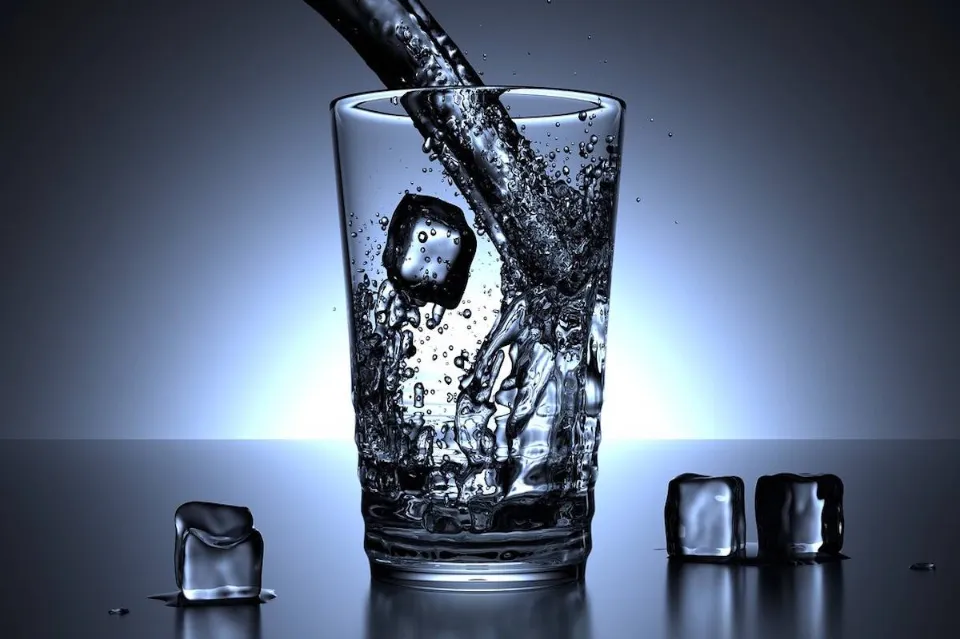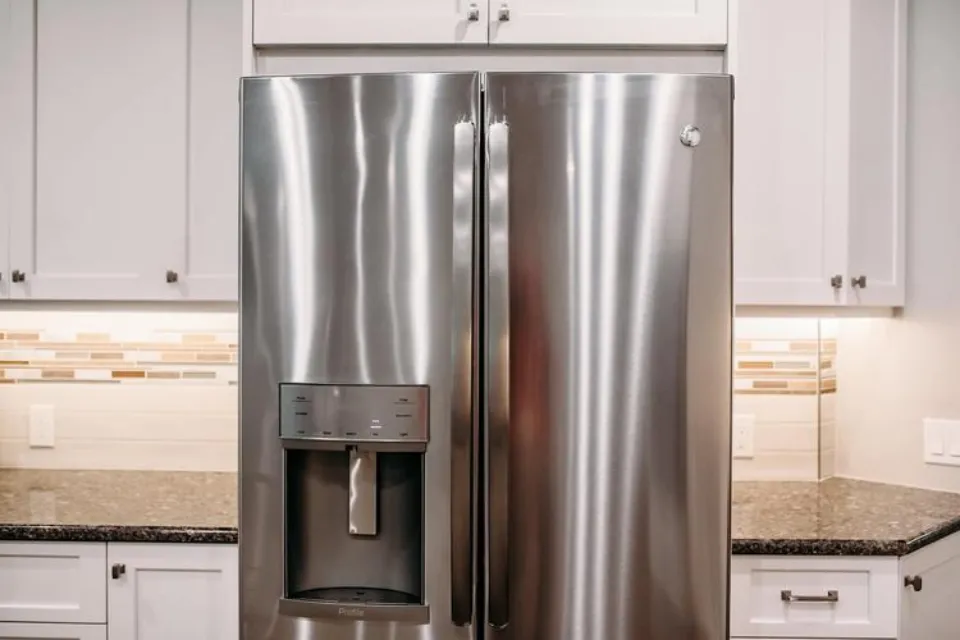Most people probably visualize drinking glasses or windows when they think of glass. But glass is much more complicated than that. Hot glass and cold glass are the two primary varieties of glass.
Both have special characteristics, which I will go over in this article. So what makes hot glass different from cold glass?
Glass doesn’t change its appearance when it’s hot or cold; they both have the same appearance. When the temperature and pressure change, it responds differently.
The distinctions between hot and cold glass and their applications are covered below. I will also provide advice on how to pick the ideal glass for your requirements.
Hot Glass Vs. Cold Glass
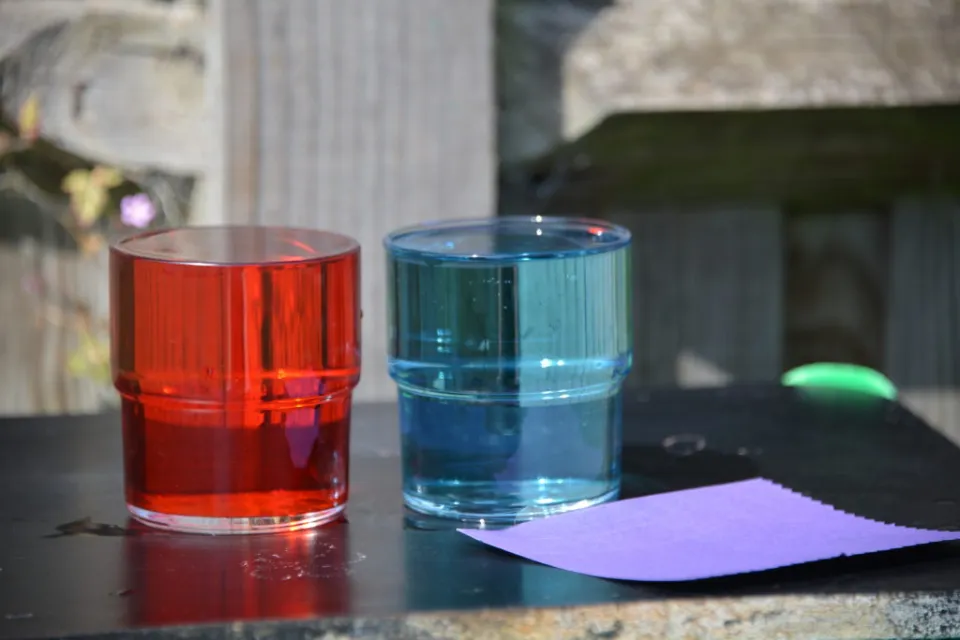
Let me first describe each kind of glass so that we can compare the differences between hot and cold glass.
Hot Glass
Glass that has been heated to a high temperature is known as hot glass. After that, it is put into a furnace to melt down. Glass can be blown or molded into various shapes once it has reached the desired temperature.
Glass that is still hot has a lower melting point than glass that is still cold. This indicates that various shapes can be easily formed from it. Vases, bowls, and other household items are frequently made out of hot glass.
Utilizing a furnace is the most frequent method of handling hot glass. A device that raises the glass’s temperature is called a furnace. Glassmaking, metallurgy, and ceramics are just a few of the industries that use furnaces.
Furnaces can run on a variety of fuels, such as electricity, wood, natural gas, propane, oil, and other fuels. Drinking glasses, vases, jewelry, sculptures, and other items are frequently made of hot glass.
Cold Glass
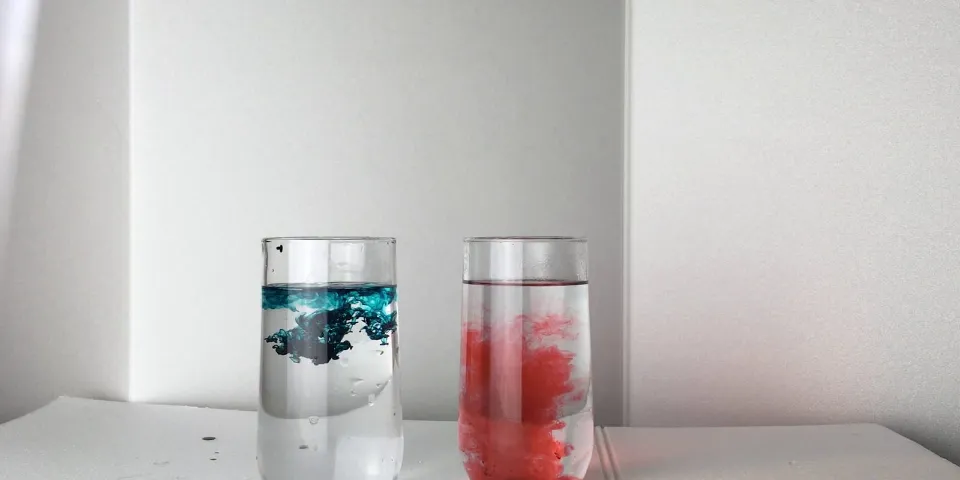
On the other hand, cold glass is not heated to such high temperatures. Normally, only about 600 degrees Fahrenheit is applied to it. After that, the mold-containing cold glass is put inside to cool and harden.
Compared to hot glass, cold glass has a higher melting point and is more difficult to mold. It is stronger and more long-lasting, though. Windows, mirrors, and other home furnishings are frequently made from cold glass.
The cold glass is typically referred to as Pyrex glass. Since pyrex dishes are prone to breaking at very low temperatures, it is advised to avoid them altogether. Cold dishes shouldn’t be used in hot ovens because they run the risk of shattering and breaking due to sudden temperature changes.
However, if you place the dish in a cold oven and then turn it on, some of the cold glass’s surfaces will be exposed to extremely hot temperatures for a longer period of time (while the oven is heating up). On the other hand, a small portion of the cold glass will stay cool. A temperature of 100 degrees Fahrenheit has been tested to break the cold glass.
Does Hot Glass Look the Same as Cold Glass?
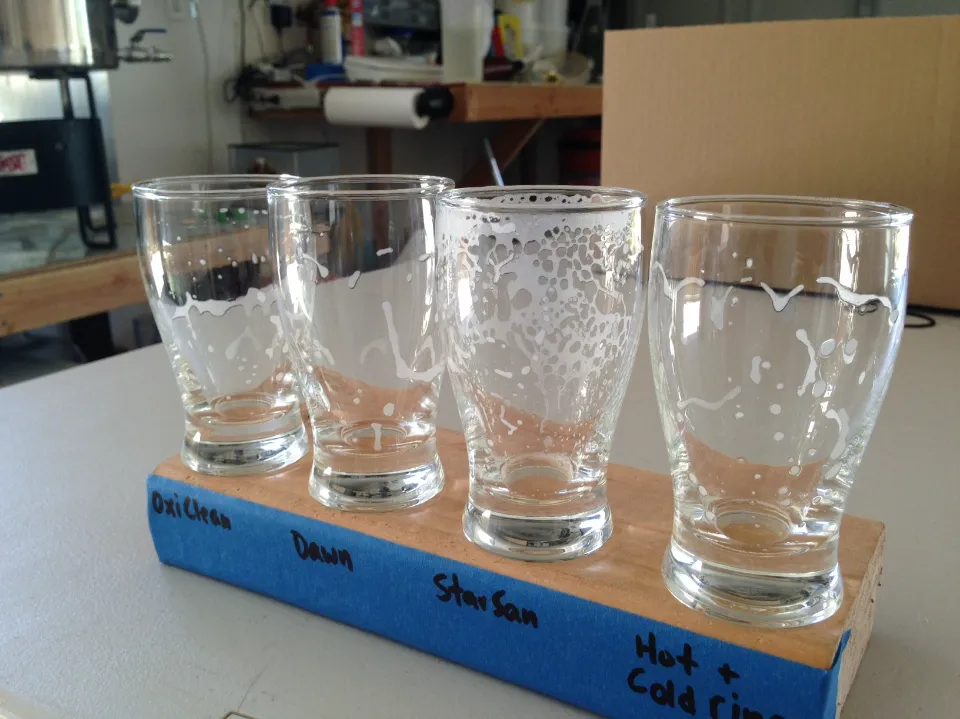
A number of variables affect how glass works optically. Although it’s not the only factor, the variation of these properties with temperature has a significant impact on how glass objects appear when held in the hand and illuminated by natural light. The designers of glass objects must take these variations into consideration, especially if the objects will be viewed in a variety of settings.
The property that governs how much light will bend as it travels through different media is called the index of refraction. The wavelength and angle of incidence at which this bending occurs are both factors that affect this property.
Because the molecular bonds are unaffected by temperature changes, a change in temperature typically has no effect on these physical characteristics. There is one circumstance, though, in which it does: when the glass is supercooled.
All materials undergo supercooling when their freezing points are lowered, but only some of them will experience strange optical phenomena due to this change in their index of refraction.
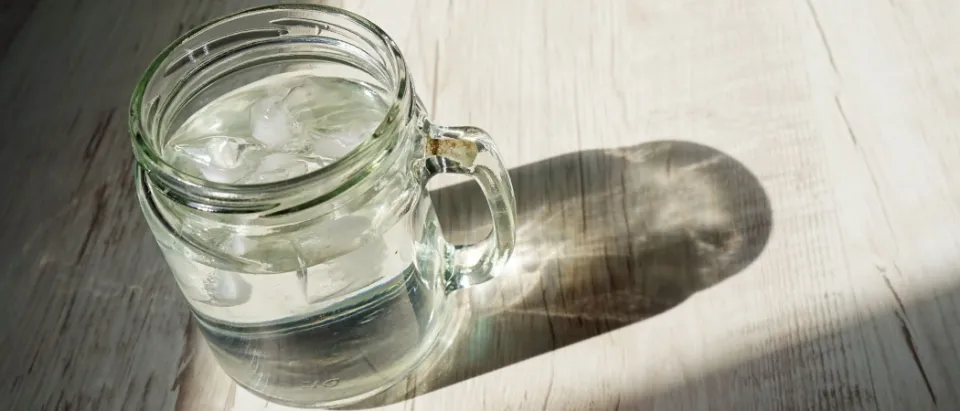
In normal conditions (room temperature), glass has a very high index of refraction and causes total internal reflection, which means that light cannot pass through the material because it is reflected back into its original medium.
During supercooling, or the “superfluid” phase of glass, this index of refraction varies with temperature and pressure changes. A change in temperature or pressure can therefore cause light to refract and pass through glass when a supercooled object made of glass is held in a hand at specific angles to the light.
If you put a transparent plastic rod into hot water, you might also be able to see this optical phenomenon. Variations in internal cooling rates will cause the rod to turn milky, which is another instance of supercooling. In fact, most materials that do not normally display liquid-like properties will “supercool” if the temperature and the physical conditions change enough.
The low-density silica foam known as aerogel, which is used as a thermal insulator, exhibits this effect as well. Aerogel, on the other hand, exhibits no such apparent supercooling effect because it is denser than glass.
Is Hot Glass More Breakable?
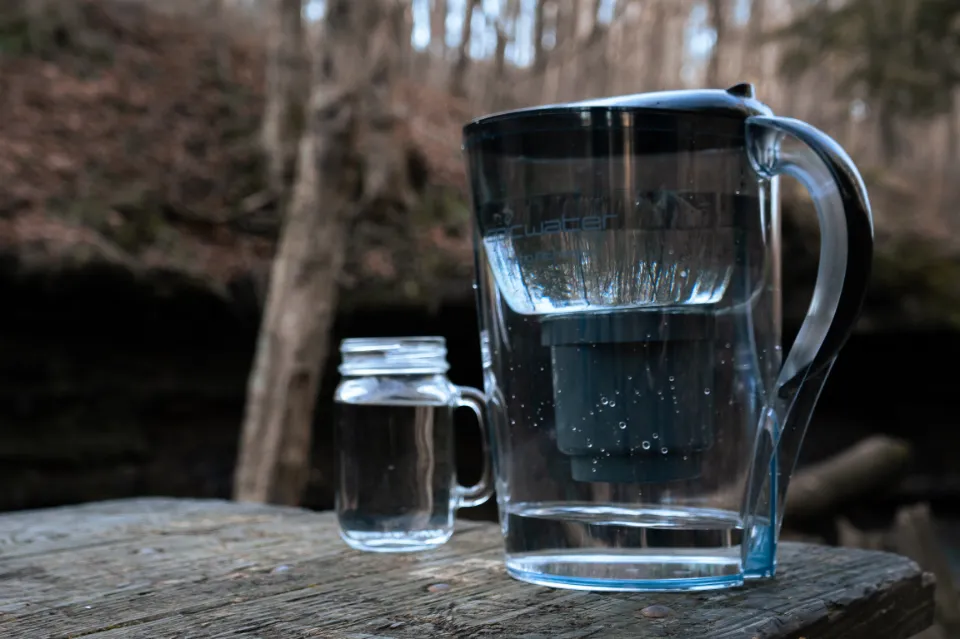
Not less breakable is hot glass. It can actually withstand a lot of heat and is quite strong. Cold glass, on the other hand, is brittle and more likely to break.
Is Hot Glass Heavier Than Cold Glass?
Due to its higher density, hot glass weighs more than cold glass. However, the difference is not significant. The molecules in the glass expand as it is heated, making it less dense. The molecules, on the other hand, constrict as the glass cools, making it denser.
Depending on how much heat is applied, hot glass can weigh differently. A piece of glass heated to 1500 degrees Fahrenheit, for instance, will be 20% heavier than when it was at room temperature. The same piece of glass will be 40% heavier than room temperature if you heat it to 2000 degrees Fahrenheit, though.
What Happens When Hot Glass Touches Cold Glass?
Cold glass shouldn’t be allowed to touch hot glass because doing so could cause the hot glass to shatter. A sudden temperature change occurs when hot glass touches cold glass, which can cause the hot glass to shatter.
Additionally, it’s crucial to avoid using ice water to cool down hot glass because doing so increases the risk of the glass breaking. Replace that with water that is at room temperature.
If hot glass is set down on a cold surface, like a table or countertop, it may also shatter. To prevent breaking, hot glass should always be set down on a surface that can withstand heat.
Can You Pour Hot Water into a Cold Glass?
Pouring hot water into a glass that is already cold is not recommended because it could break the glass. Glass can break when hot water comes into contact with cold glass due to the abrupt temperature change.
Glass expands as all other materials do when hot water is added to an ice-cold glass because it absorbs heat. The glass is composed of an extremely hot inner layer and a cold outer layer. As a result of the abrupt temperature changes, the glass breaks.
Pouring into a glass should always be done with water that is at room temperature to prevent breaking.
Can You Pour Cold Water into a Hot Glass?
You can add ice to a hot glass of water. In fact, it’s frequently done in order to help the glass cool off and avoid breaking. It’s important to be mindful not to fill the glass with too much cold water at once because doing so could cause the hot glass to shatter. Once the glass has cooled to a safe temperature, begin adding room-temperature water gradually.
Glass expands when cold water is added to hot glass because it absorbs heat like all other materials do. The glass is composed of an extremely cold inner layer and a hot outer layer. Extreme temperature changes may result from this, shattering the glass.
Can Glass Crack from Hot to Cold?
Glass can break under extreme temperatures. Glass molecules expand when it is heated. If the glass is then exposed to a very cold substance, like ice water, the molecules quickly contract. The glass may break due to this sudden temperature change.
Ice water shouldn’t be used to cool down hot glass because doing so could cause the glass to break. Use water that is at room temperature instead.
Conclusion
It is the temperature at which they are created that makes hot glass different from cold glass. Cold glass is produced at a low temperature, whereas hot glass is produced at a high temperature.
When the temperature exceeds 1200°F (648°C), a color difference is also visible. I hope you now have a better understanding of the distinction between hot and cold glass after reading this article. Thanks for reading.
FAQs
Does Hot Glass Look Like Cold?
They do resemble each other somewhat. When making glass, however, the material tends to glow orange as it approaches melting point. When it is thick, it is also darker, but as it forms and thins out, it has neither a hot nor a cold appearance.
What Happens to Cold Glass When Heated?
Due to its poor thermal conductivity, glass is susceptible to stress fractures that may eventually lead to cracking when temperatures rapidly change (by at least 60°F). Thin glass starts to break when heated, usually between 302 and 392 degrees Fahrenheit.
Is Hot Glass Heavier Than Cold Glass?
Yes, if two identical objects are heated to the same temperature and have the exact same weight at that temperature, then the heated object will weigh more. This is so that general relativity’s stress energy tensor, which affects the gravitational force, can be understood.

